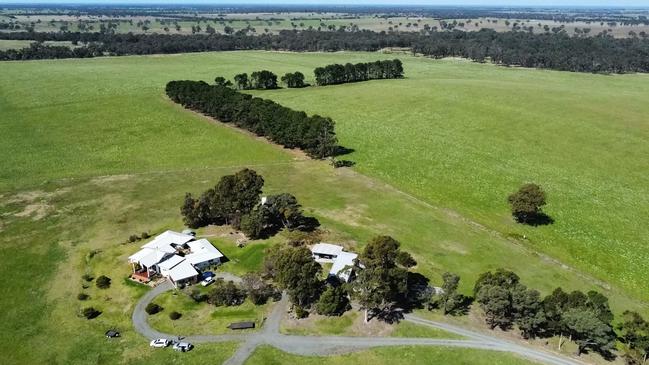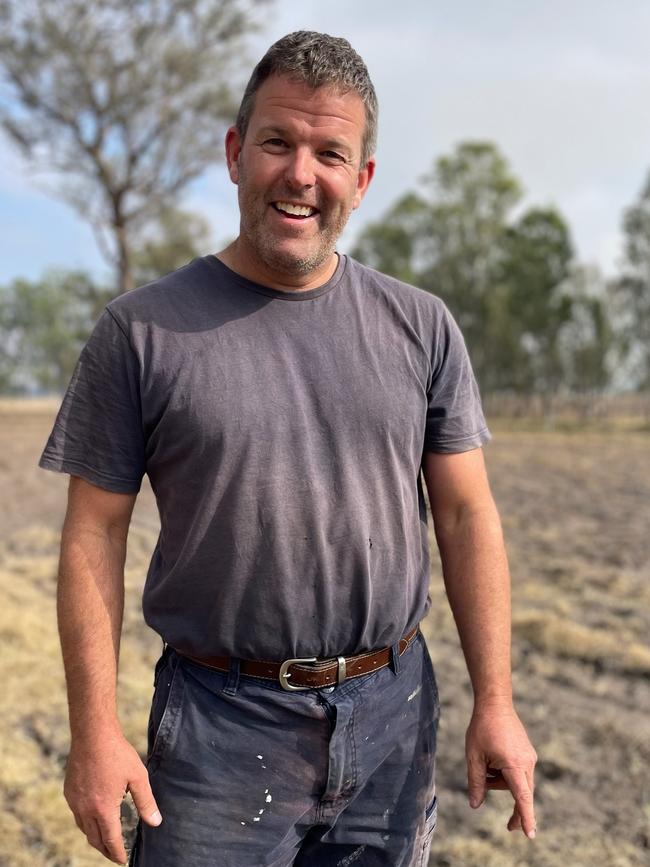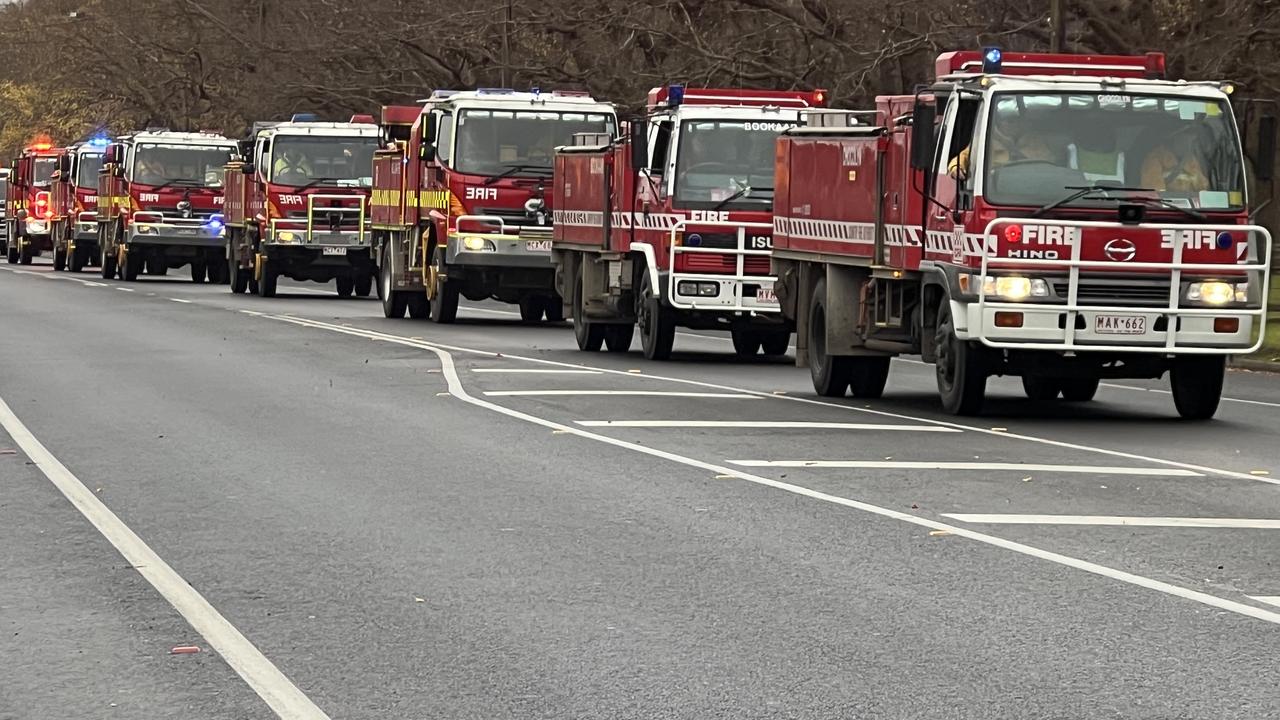Bairnsdale solar farms have East Gippsland locals on edge
A group of Gippsland farmers fear the Victorian government’s push for renewables is leading to an “approve at any cost” mentality on permit applications by developers.

A group of Gippsland farmers fear the Victorian government’s push for renewables is leading to an “approve at any cost” mentality on permit applications by developers.
Farmers bordering the proposed Bairnsdale Solar Farm on Andersons Lane are angry at the lack of transparency and community consultation, and fear concerns about fire and human health risks, ecological damage, loss of amenity and reduced land values, have fallen on deaf ears.
Proponents BNRG Leeson plan to install a 150 megawatt solar farm and battery storage system on two parcels of land leased from local farmers, Ken White and Nelson Cox.
It is one of three solar farms within the same 10km vicinity. A 50 megawatt system on Power Station Road, Bairnsdale, was approved in April, and planning is underway on the 70 megawatt Ballantine Solar Farm on Bengworden Road.
Andersons Lane farmer Jackie Thorn said she was not against renewables but believed the site for the solar project – opposite the 930ha Moormurng Flora and Fauna Reserve – was inappropriate due to high fire risk and safe access on the unsealed, no-through road.
The project’s Fire Risk Assessment was a desktop report produced by consultants in NSW.
“The assessment has not been prepared in consultation with the CFA but merely adheres to the CFA guidelines for renewables,” Jackie said.
“Our community has been unable to locate anyone in local brigades or regional or state departments of CFA who have been consulted with on this project.”
Rethink Renewables East Gippsland president and local grazier Danny Redenbach has farmland near both the proposed Anderson Lane and Ballantine solar projects.
His primary concerns were health risks in the event of a toxic battery fire, impacts on the nearby airport, and contamination of soils and waterways in a trusted food bowl.
“Developers say there is consultation but there isn’t really, it’s just a box ticking exercise,” Danny said.
“The government has this crazy goal of 95 per cent renewables by 2035 and an approve-at-any-cost mentality that says to hell with whoever is impacted by it.
“They need the projects to go ahead to get royalties because the state is in so much debt but what will become of our farm? Our future is very uncertain.”

Mick and Patricia Wickfeldt’s farm house is 750m from the proposed industrial solar battery.
They currently enjoy mountain and grassland views with no direct neighbours.
“Our resale will drop through the floor,” Mick said.
“To sell a house in the middle of a power station, you’d have to sell it for next to nothing – no one will want to buy here.”
The long-term strain of uncertainty and frustration over the project has divided the community and caused health issues, including anxiety, restlessness and overwhelm among those most impacted.

Bairnsdale accountant and cattle farmer Ken White owns one parcel of land earmarked for the solar farm and will secure undisclosed financial benefits from a lease should the development be approved.
Mr White said most of the objections raised were from a vocal minority and not founded in fact.
The community would benefit economically from the $180 million project through local employment and 12 full time staff, the establishment of community benefit funds, and contribute to Australia’s net zero target by powering 20,000 homes through solar energy.
He said the site ticked all the boxes for renewables; it was low value agricultural land in a discreet location with limited view from the public but had access to the grid.
“There was a 1000 acre bluegum plantation on the site for 20 years leading up to this but no one ever complained about the fire risk then,” Ken said.
BNRG Leeson were contacted for comment.




